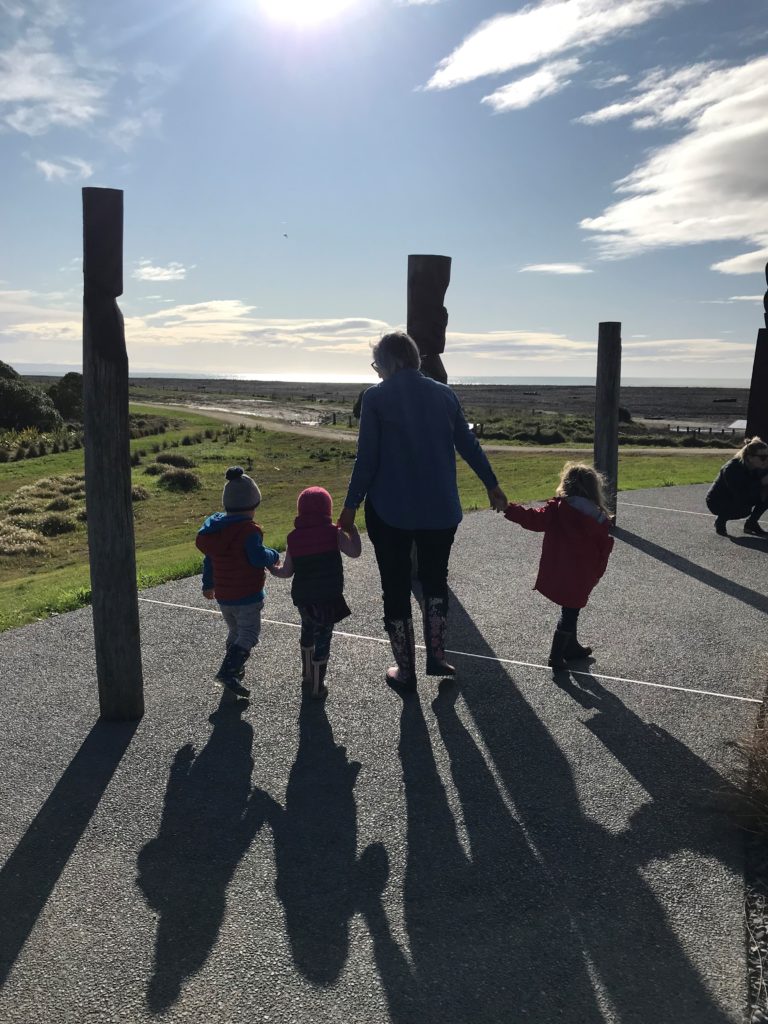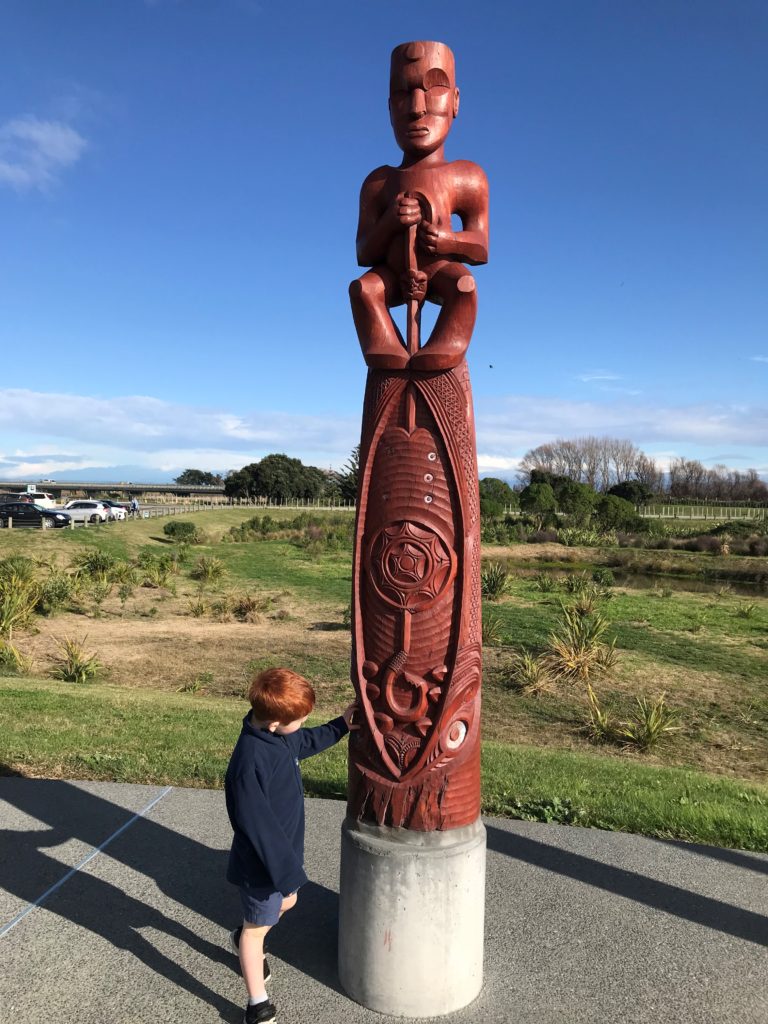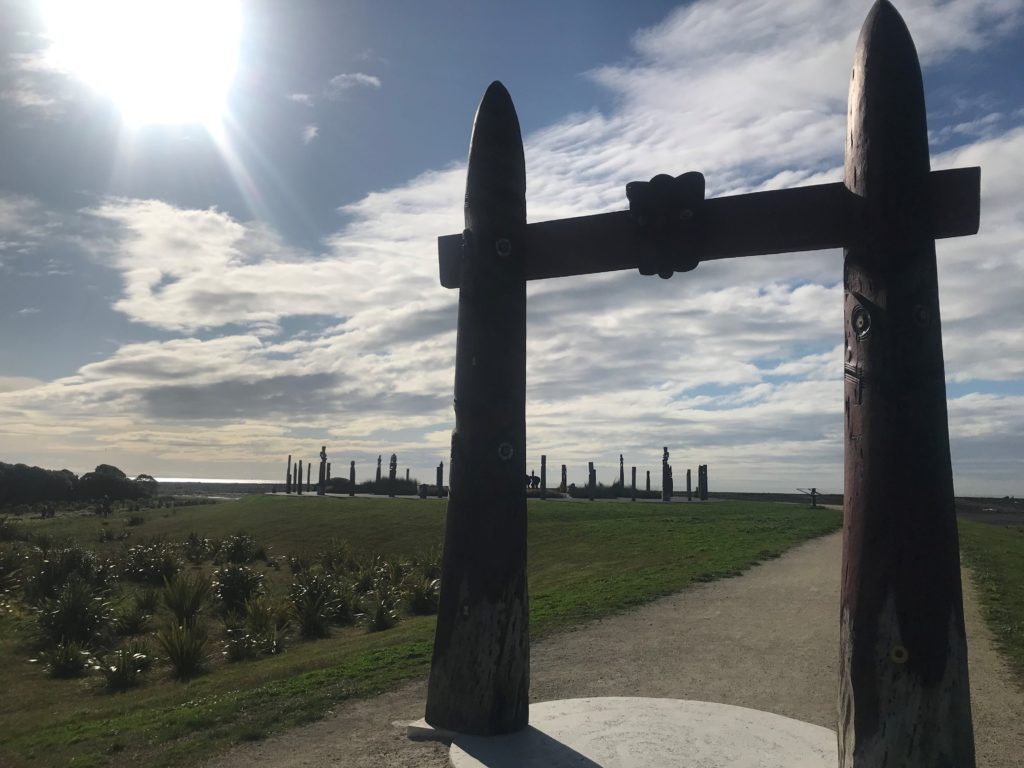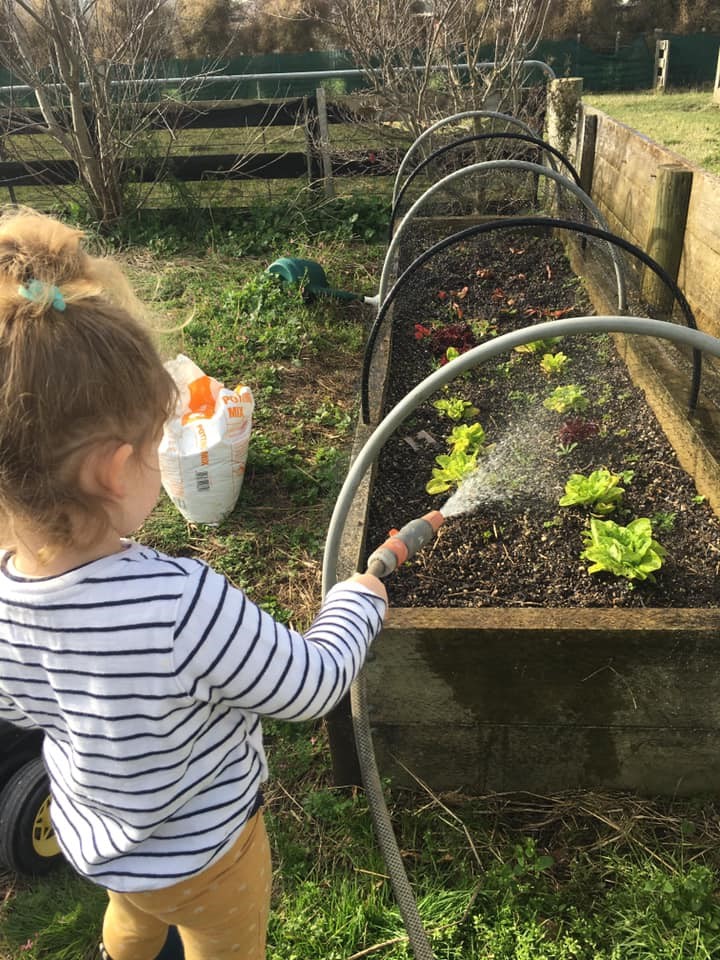Okay, so Matariki (the Māori New Year) was a few weeks back and we’re a bit late off the mark with this one. However, one thing that Matariki brings is a sense of reflection and it can take some time to think about everything that a special event like Matariki signifies. The idea of a new year representing a new start and a new harvest is probably pretty timely given everything that 2020 has thrown at us so far! For Tiny Nation educators and tamariki, one thing that Matariki has signalled is the re-integration of our community programme, outings and events, which were sorely missed when the COVID-19 pandemic hit, forcing us all into lockdown and a slow transition back to our ‘new normal’. We’re all extremely thankful to now be able to come together in larger groups to explore the fun of learning through play in different environments throughout our communities.
So what is Matariki? It’s the Māori name for the cluster of seven stars known as the Pleiades. Although there are actually 1000’s of stars that make up the Pleaides cluster, and there are technically nine stars that make up the constellation, but there’s just seven stars you can really make out with the naked eye. It’s these seven stars that have traditionally been known as the seven sisters, or the Matariki. The Matariki star names are:
Alcyone – Matariki, eyes of Tāwhirimātea
Atlas – Tupu-ā-rangi, sky tohunga
Electra – Waipuna-ā-rangi, sky spring
Taygeta – Waitī, sweet water
Pleione – Tupu-ā-nuku, Earth tohunga
Merope – Ururangi, entry to the heavens
Maia – Waitā, sprinkle of water
These stars rise in mid-winter and for many Māori, it signifies the start of a new year.
Matariki appears in the eastern sky sometime around the shortest day of the year (in 2020 this was 13-20 July). During this time, our educators did many things to acknowledge Matariki and celebrate it with their tamariki and families, including planting of seeds and vegetables to harvest, learning about the star cluster and decorating stars, family feasts, whetū (star) bunting, weaving and much more! It’s been great to see Matariki be so embraced by our community, with our tamariki also enjoying some beautifully illustrated New Zealand books about Matariki like The Seven Kites of Matariki by Calico McClintock, The Little Kiwi’s Matariki by Nikki Slade Robinson and Matariki (te reo singalong book) by Sharon Holt. There are so many fabulous early childhood education resources now to help our tamariki understand the significance of Matariki in a way that fits with their age and stage.
In Hawke’s Bay, we celebrated Matariki with a visit to Waitangi Park. It was a beautiful day and our tiny learners loved exploring the Whakairo (carvings) in the park, with the waharoa (gateway) and tekoteko (carved human form) telling the whakapapa (story) of the sun, moon and stars. It was a nice way for us to reflect on Matariki and celebrate a year of growth here at Tiny Nation!
It feels quite timely that Mataraki has also coincided with our first birthday here at Tiny Nation. It was Matariki last year that we started to dream big in terms of the aspirations we had for the ECE sector and how we could be involved in supporting high quality outcomes for children by partnering with trained educators and qualified teachers. A year down the track, Matariki has again signalled a new year of goal setting and big dreams for our Tiny Nation.
“Kia Matariki te āhua o te whatamanawa – let your inner shine like the Matariki stars.”




